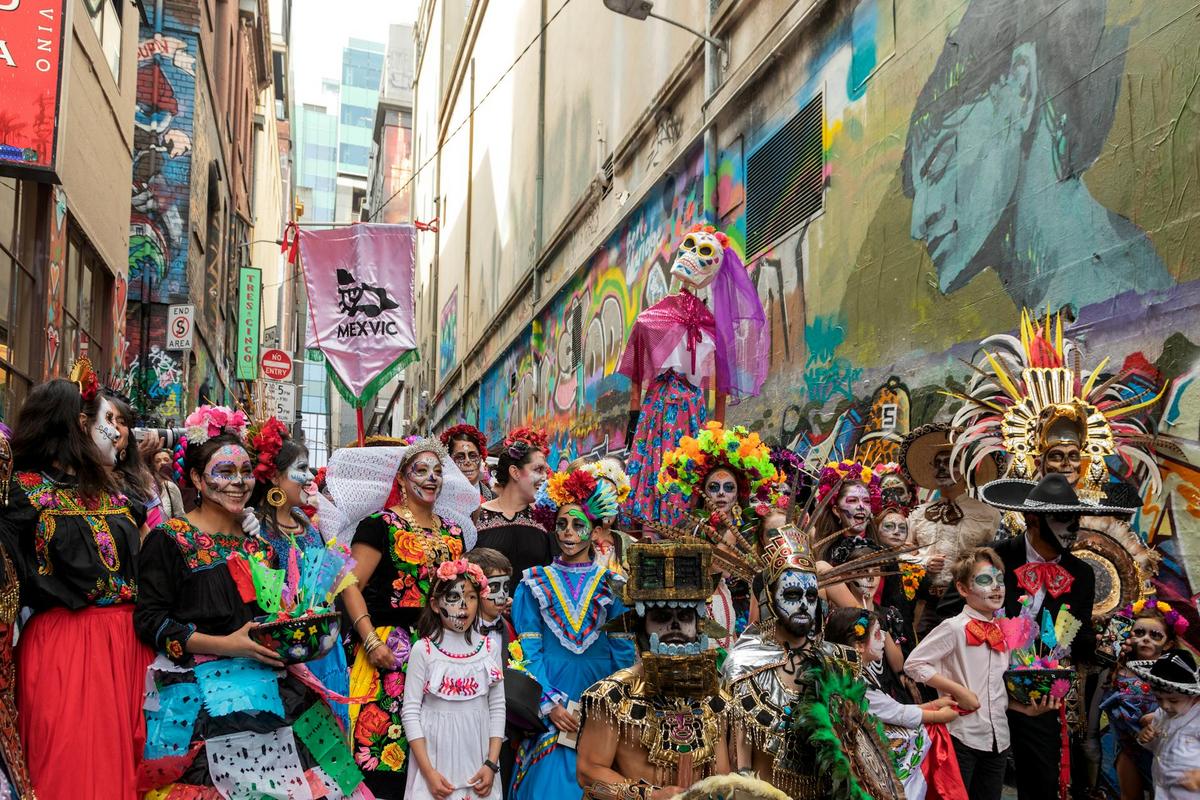
Street Art vs. Vandalism: Where Do We Draw the Line?
Street art has long sparked debates around the world, blurring the lines between creative expression and illegal activity. This vibrant form of artistry can transform mundane cityscapes into lively canvases, yet it often raises questions about its legality and impact on urban environments. The challenge lies in distinguishing between street art as a form of public art and vandalism that disrupts public spaces.
Street art and vandalism, despite their visual similarities, occupy vastly different spaces in the cultural and legal landscape. Understanding where to draw the line requires examining the intent, impact, and reception of the work.
Understanding Street Art
Street art is often celebrated for its ability to engage communities and inspire social change. When commissioned or legally sanctioned, it becomes a tool for urban beautification. According to Tate, street art can encompass a range of styles, from graffiti to installations, and is recognized for its cultural significance.
Vandalism: A Different Narrative
In contrast, vandalism is typically characterized by unauthorized and often destructive actions. It lacks the consent of property owners and can lead to costly clean-up efforts. The Metropolitan Police emphasize that vandalism not only damages property but can also contribute to a sense of disorder in communities.
Expert Opinions
Art critic and historian Lucy Lippard states, “Street art transforms cities into living galleries, but when it crosses into vandalism, it loses its cultural resonance.” Her perspective highlights the importance of context and legality.
Statistics & Research
A study by the Council of Europe found that cities investing in legal street art initiatives saw a 60% decrease in illegal graffiti, suggesting that providing legitimate outlets for artists can curb vandalism.
Personal Anecdotes
Consider the case of a neighborhood in Melbourne, where a mural project transformed a once graffiti-riddled alley into a celebrated tourist attraction. Local businesses saw an uptick in foot traffic, illustrating street art’s potential economic benefits.
Actionable Tips
- Engage local artists in community projects to foster legal street art.
- Support initiatives that educate the public about the cultural value of street art.
- Collaborate with city officials to create designated areas for street art, reducing unauthorized graffiti.
Consider partnering with local schools to develop street art programs, encouraging young artists to express themselves in a legal and constructive manner.
Comparison Table: Street Art vs. Vandalism
| Aspect | Street Art | Vandalism |
|---|---|---|
| Permission | Often sanctioned | Unauthorized |
| Intent | Creative expression | Destructive behavior |
| Impact | Positive community engagement | Negative property damage |
| Reception | Generally favorable | Often viewed negatively |
| Legal Standing | Legal or commissioned | Illegal |
| Cultural Value | High | Low |
| Economic Impact | Can boost local economy | Costly clean-up |
| Examples | Murals, public art installations | Tagging, defacement |
FAQs
What differentiates street art from graffiti?
Street art is often legally sanctioned and intended for public appreciation, while graffiti is typically unsanctioned and viewed as vandalism.
How can communities support street art?
Communities can support street art by creating legal spaces, involving local artists in projects, and educating the public about its cultural significance.
Why is vandalism considered a crime?
Vandalism is considered a crime because it involves the unauthorized damage or defacement of property, which can lead to economic loss and social disorder.
Conclusion
The distinction between street art and vandalism lies in intent, legality, and community impact. While both forms of expression use similar mediums, their effects on urban landscapes diverge significantly. By fostering legal street art initiatives and educating communities, we can celebrate artistic expression while minimizing unauthorized and damaging acts. Embrace the creativity of street art, and advocate for its place in enhancing cityscapes legally and sustainably.


